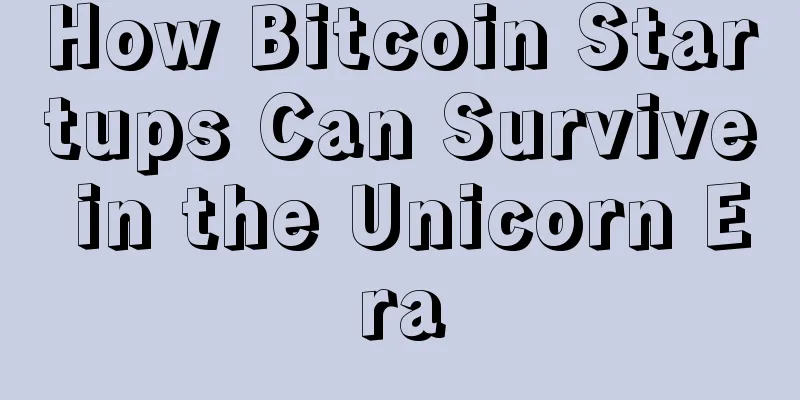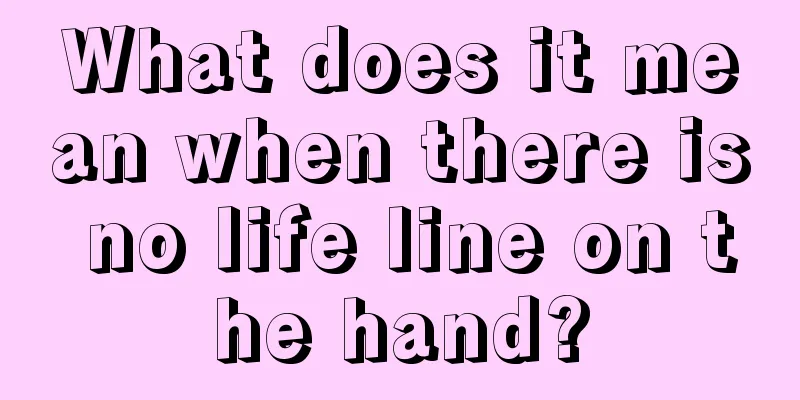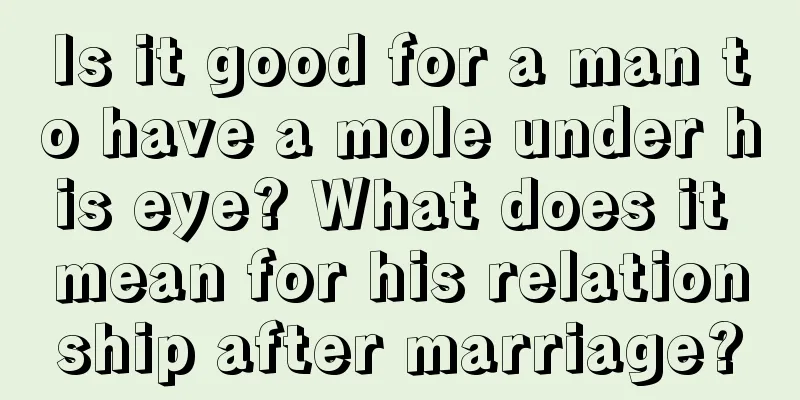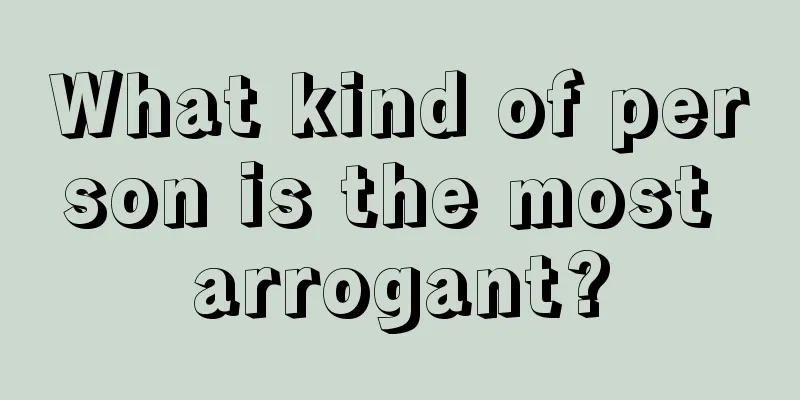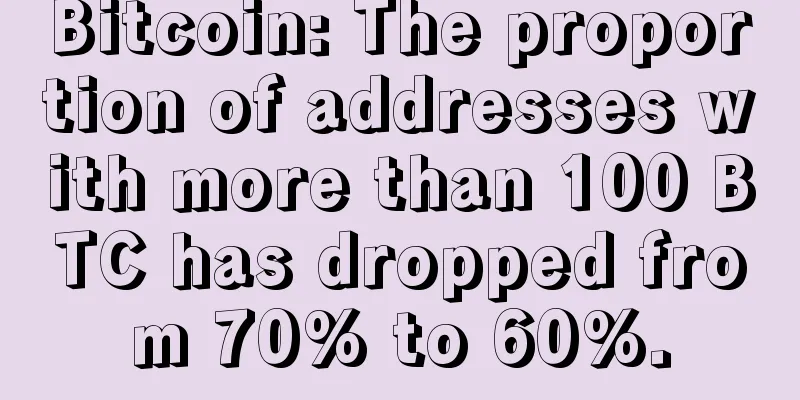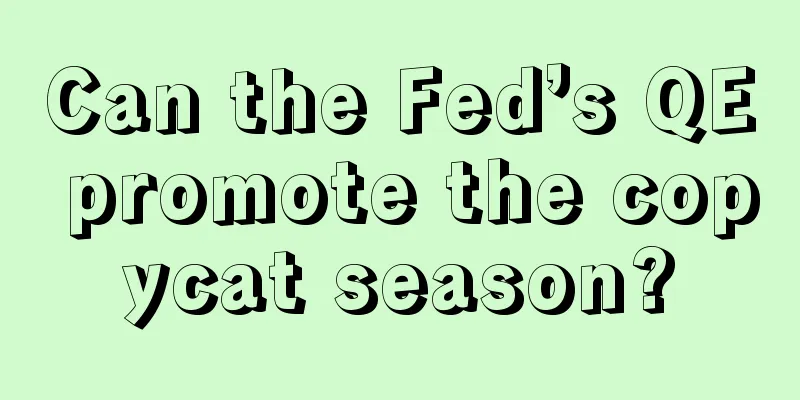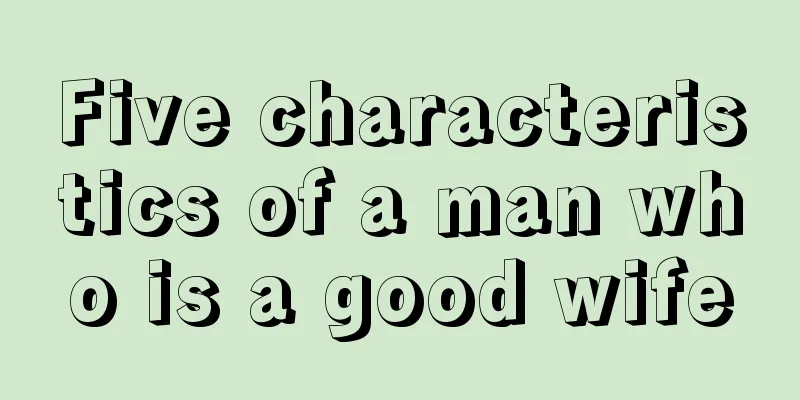Goldman Sachs applies for new blockchain patent for foreign exchange market, and large companies begin to grab blockchain patents
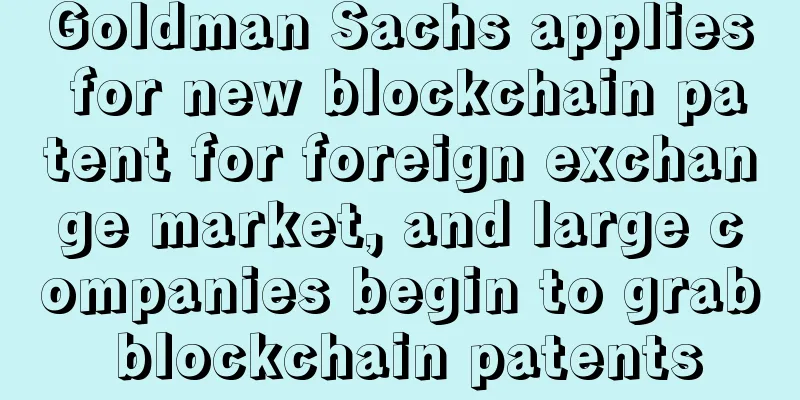
|
For traders at large financial institutions, currency trading is time-consuming and costly - transactions need to go through a bunch of middlemen, each of which charges a small fee. A new patent application from Goldman Sachs Group Inc. hints at how the bitcoin blockchain technology could revolutionize the process. The patent application was published by the United States Patent and Trademark Office (USPTO) on September 8, 2016, and was originally filed in March 2015. The patent document outlines a distributed ledger (essentially an accounting ledger shared by many different participants, also known as a blockchain) that can handle financial transactions in the foreign exchange market. This is Goldman Sachs' first blockchain-related patent (another patent published in November 2015 showed that the investment bank was investigating a digital currency similar to Bitcoin). The foreign exchange market is risky - one party sends its funds to an intermediary, like CLS, which is a foreign exchange settlement service. CLS holds the first party's funds while waiting for the trade's counterparty to provide theirs. The problem? The first party's capital is tied up in a specific trade until it is settled, a process that can take up to a day. This makes trading in the foreign exchange market painfully slow. Blockchain holds the promise that the technology can speed up the foreign exchange market by providing 'near real-time' trading. The banking industry has been experimenting with blockchain technology to speed up transactions and reduce costs over the past year or so, but most projects are still in their infancy. Some blockchain systems are quite large and powerful, such as Bitcoin and Ripple (a blockchain startup); Bitcoin can handle 180,000 transactions a day, and banks like UBS and Santander are working with Ripple. But according to Goldman Sachs' patent application documents, these systems have their own shortcomings, especially in the highly regulated industry such as the financial services industry.
The patent document states:
Essentially, Goldman wants to merge the advantages of blockchain technology — speed and efficiency — with the advantages of other technologies that provide regulatory guidance for privacy, security and compliance. For example, Goldman's blockchain vision would allow private transactions to be visible only on a need-to-know basis; allow regulators to access databases; and adhere to anti-money laundering regulations and know-your-customer laws that require banks to confirm the identities of their customers. As blockchain technology begins to infiltrate Wall Street, banks have begun collecting intellectual property related to potential uses of blockchain. Bank of America has been applying for patents for quite some time. David Reilly, the bank's CTO, said that the number of blockchain-related patents in their pipeline is close to 50. Of course, just because a company applies for a patent does not mean that they are currently using it or will use it in the future, and the USPTO still denies these patents. |
>>: Experience: These types of people are not suitable for holding Bitcoin
Recommend
What is the fate of a woman with a high nose bridge? Is her personality good?
People's nose plays a very important role in ...
Hummingbird Miner launches a one-stop mining service of try before you buy
The Hummingbird mining machine sales and hosting ...
Is it good luck for people with moles on the bridge of nose? What does a mole on the chest mean?
Although moles are very common to us, and many of ...
Can Canaan's full entry into cloud computing mining save its performance in the new year?
With cloud computing power in the left hand and A...
The faces of people who are very easy to get along with in life
Some people are very easy to get along with. When...
What kind of people with palmistry are suitable for development in other places?
People with a branched travel line under the life...
What does Tianliang Huake mean in the spouse palace?
Tianliang Star, belonging to Yang Earth, is the s...
Can Bitcoin mining in Iran pay back in one month? Only if you survive can you get it back!
On October 26, Bao Erye claimed on his Weibo that...
Many fund institutions apply for the first Bitcoin ETF in the United States, but the SEC's attitude is not clear
Reporter | Si Linwei On March 20, SkyBridge Capit...
Taobao sellers accept Bitcoin and charge 6 points more for transactions
"Yes, we accept Bitcoin payments." At a...
The dominance of bankers and the rampant counterfeiting of Upbit may be caused by shrinking cash flow.
LOOM, IMX, HIFI, STORJ... South Korea's large...
What is a beauty mole? What does a beauty mole represent?
In mole physiognomy, each mole in different parts...
Will a woman with high cheekbones bring bad luck to her husband? Who will bring bad luck to their husband?
People's cheekbones are very important in fac...
Is it good for a man to have a pointed chin?
The chin is the lower part of the three parts of ...
How to read the peach blossom mole on a woman's face
Everyone has some moles on their body, and some m...
